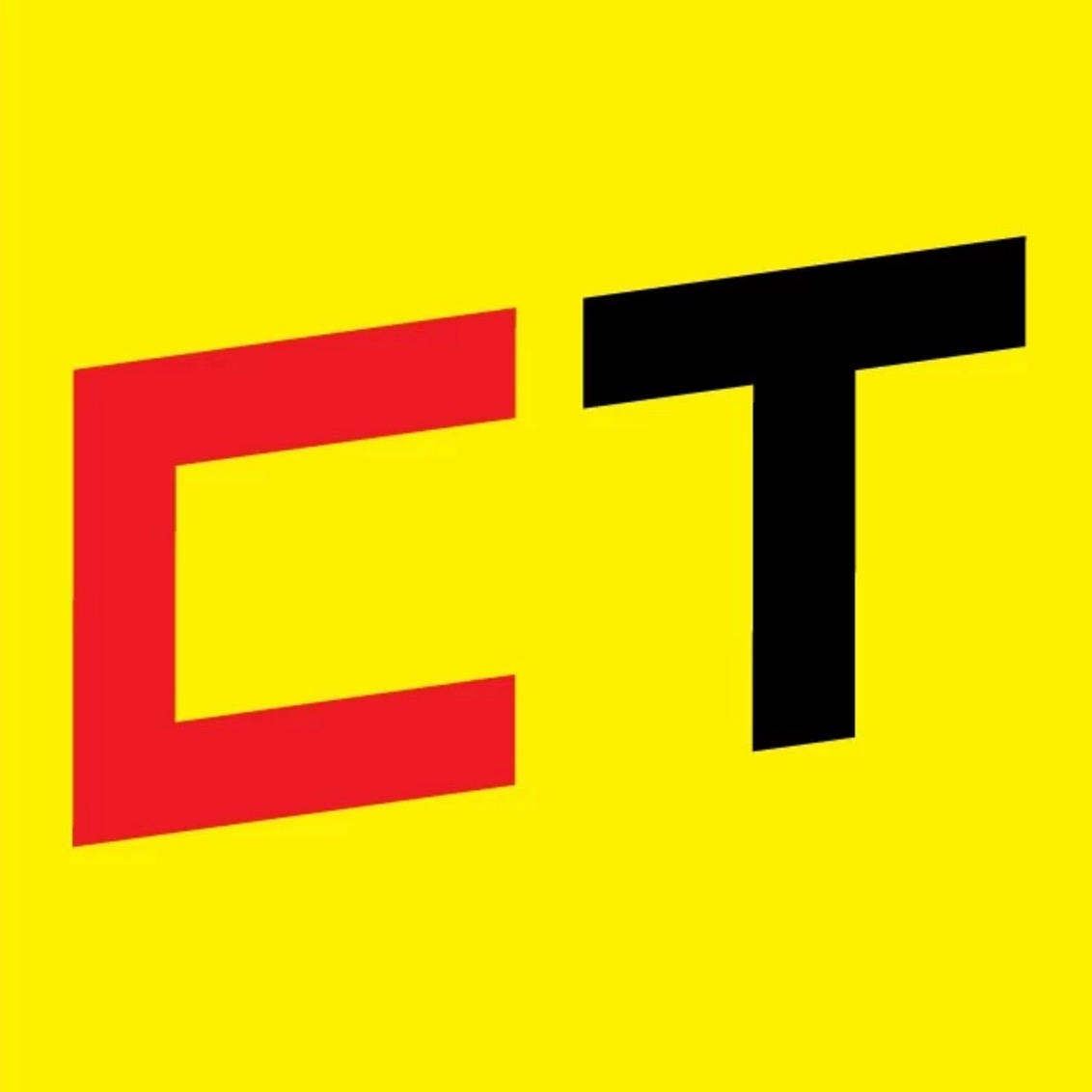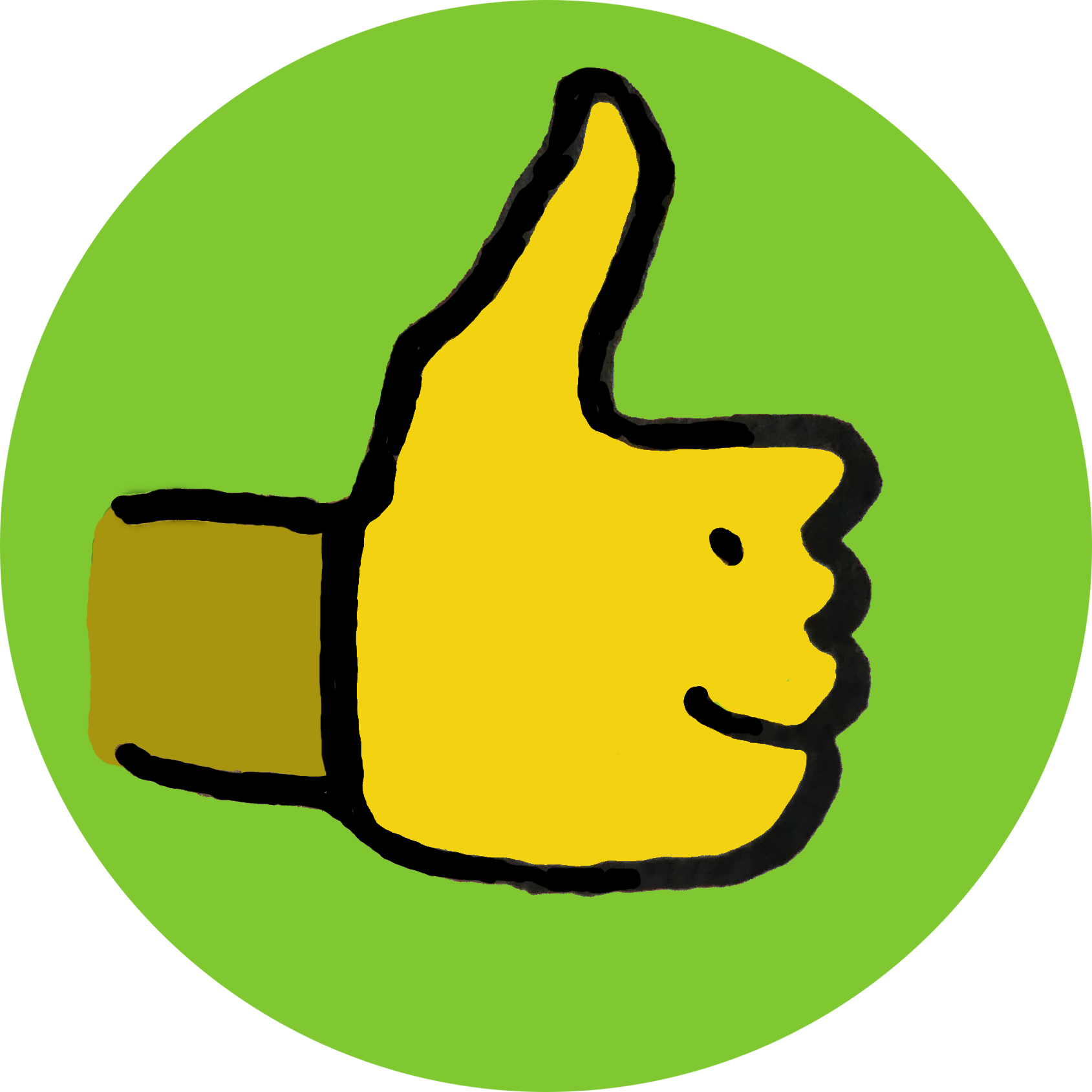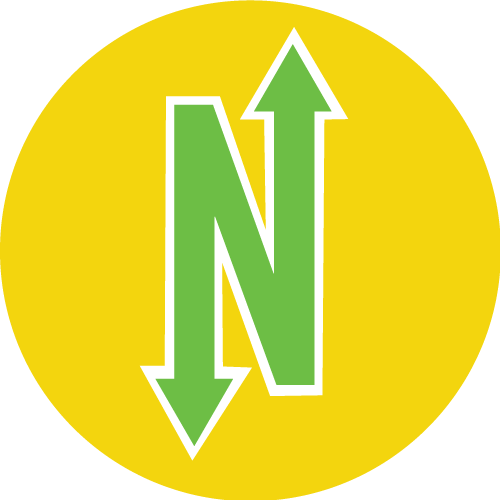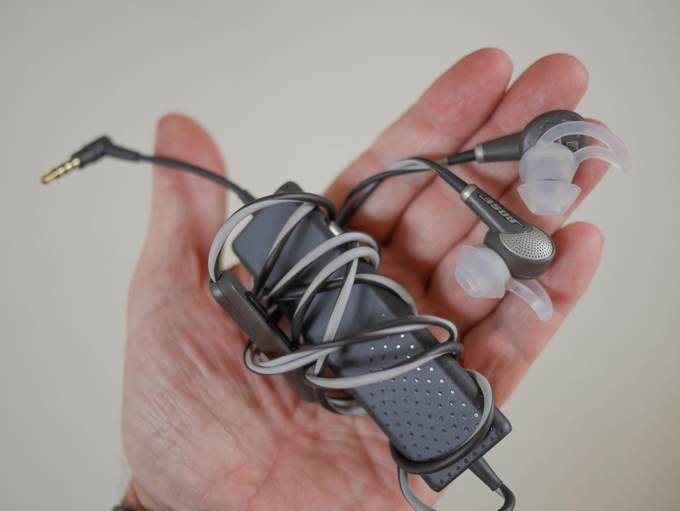09 September 2024
Measurement
Tools for Possibilities: issue no. 103
Once a week we’ll send out a page from Cool Tools: A Catalog of Possibilities. The tools might be outdated or obsolete, and the links to them may or may not work. We present these vintage recommendations as is because the possibilities they inspire are new. Sign up here to get Tools for Possibilities a week early in your inbox.
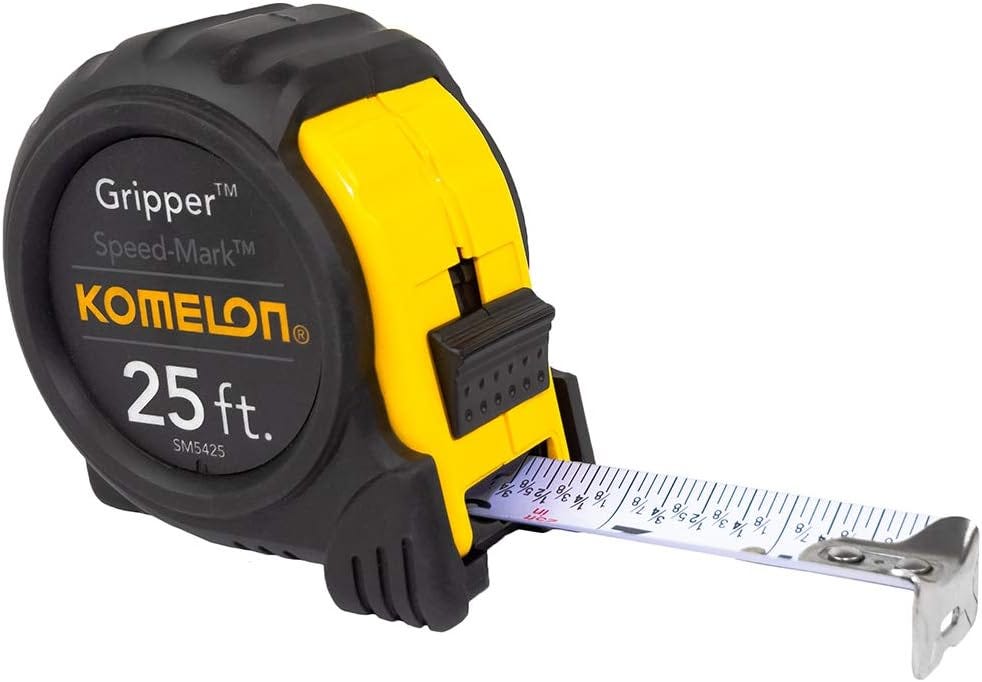
Easy-to-read tape
Because of improvements in tape-measure technology, even a cheap fat 25-foot tape can extend in the air without support ten feet or more, can deal with 99% of my needs, and will roll up into a pocketable 3-inch case. I don’t even bother with tapes less than 25 feet now. I like the Komelon Speed Mark because every inch is labeled with fractional graduations in 1/8″ increments (and hashes to 1/16); for instance, the tape will be marked: 13F, 5 and 5/8 inches. In bold easy to read fonts. No figuring needed. A thumbable button will slow its rewind to prevent damage during its return. This one is not expensive and well made. — KK

No-math spacing
A rivet spacer was originally designed for evenly spacing rivets on aircraft, but it can be used for evenly spacing anything, from buttons on a sweater, to finish nails on those infernal Ikea drawers you are trying to put together nicely. It completely eliminates any need for calculations and weird fractions. You just stretch the fan to the end points with the number of holes you want. It is one of those tools that you never knew you missed until you use it once. — Alexander Rose
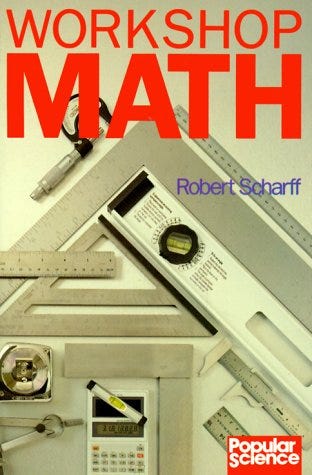
Building with math
About five years ago I began to build my own house. It’s amazing just how much of a house is built on maths! I was never very good at maths at school and I would often have to dredge my deepest memories of that time trying to remember whether it was two Pi x R or Pi x R squared?
My wife was getting pretty fed up with me continually giving her bills of quantities and so on to work out, and bought me this book as a gift. I love it! It’s now the most dog eared book on my workshop shelf and even though the house is built and finished I still refer to it whenever I’ve got one of those “I’m sure there must be an easier way of working this out” problems.
It contains tons of useful stuff from calculating loads on beams over a given distance to calculating the thermal efficiency of a wood burner. It really does cover a lot of ground. Only problem I have found with it is that being from the UK, where we generally work in metric, a lot of the tables in the book are in imperial measurements.
However, Scharff usually gives the formulae as well as the tables so it was usually pretty easy just to do the workings in millimetres or kilogrammes or whatever. If they had used books like this when I was at school I reckon I would have seen the relevance and taken to it much more than I did. Anyway, I think it’s a must-have now and wish I had found it years ago. — George Graham
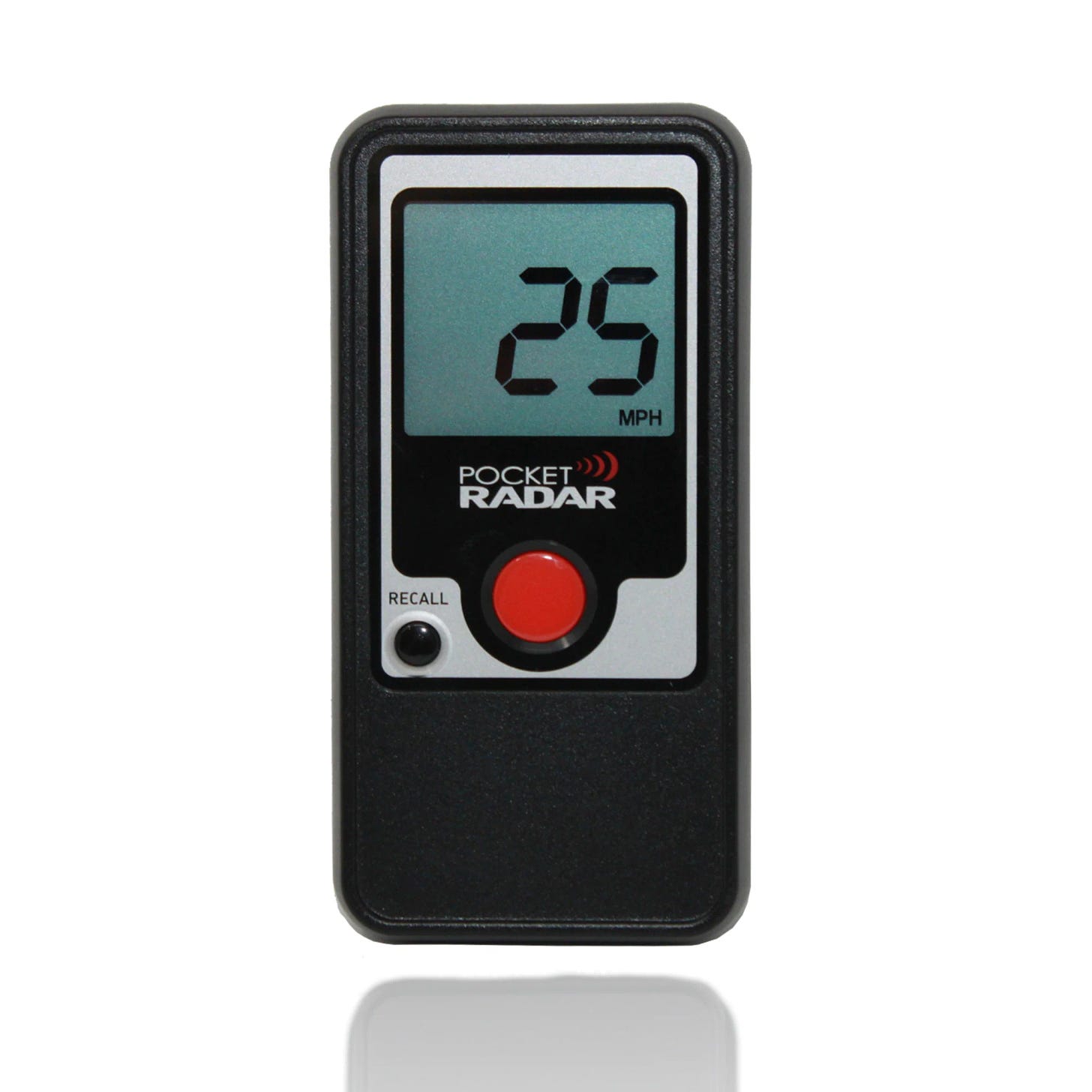
Hand held speed checker
Hold this thing in your hand, aim it at a fast, moving object and it instantly gives you the speed of that object — either coming or going. Not only big objects like cars, but little ones like golf balls, too. This little gizmo’s accuracy matches that of police scans, so you can check for speeders on your block.
The main use of the Pocket Radar is for sports, which is what we use it for — measuring ball/running speeds for performance improvement. It’s super easy to use. And it will pick up all kinds of things I had no idea radar detected. We were able to get accurate measurements on arrows in flight! Not everyone needs to measure speed, but for most who do, this pocket device is all you need. — KK
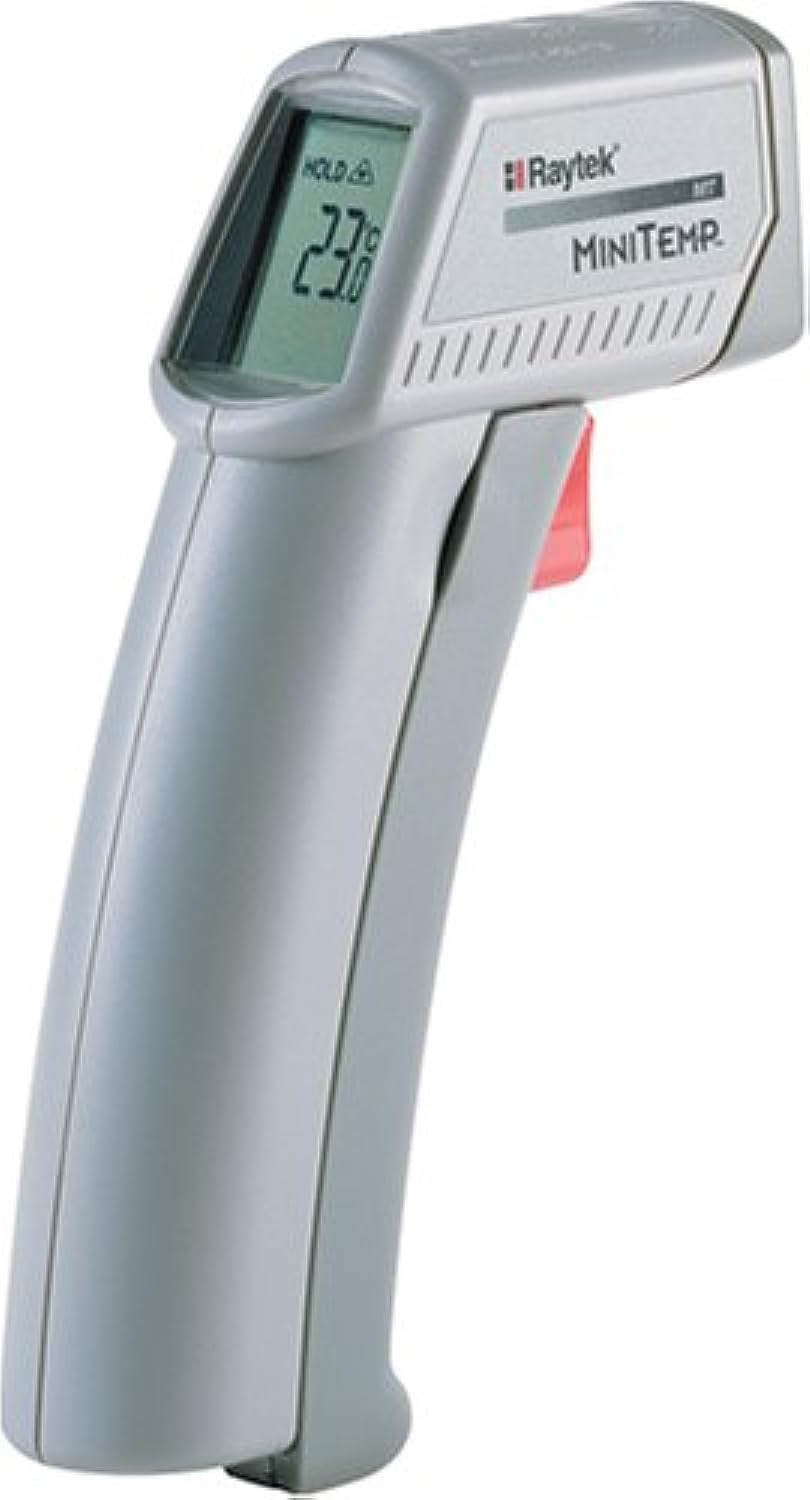
Non-invasive thermometer
Raytek Mini Non-Contact Thermometer
I borrowed one of these non-contact thermometers to test the heat dissipation around a new fireplace I’m finishing. The device worked so well, I found myself running around my house taking the temperature(s) of lots of things I’d often wondered about but had no way of investigating. For instance, I was curious about the results of extra insulation I put in last year. I also found myself using it to follow heat contours around the house. I could follow heat contours in the air by using this device to measure the temperature of the skin of my hand. This method made a rigorous investigation into energy conservation fun as well as informative.
One attribute of IR thermometers I really appreciated is their instantaneous response, even across a distance. Since the device is based on an infrared (IR) light sensor, there is no lag, no hysteresis (like a thermostat), no memory, no need to even be close to the surface being measured, which is a lot different from how I am used to thinking about temperature.
With the ST pro model it was like I could reach across the room and touch the wall in the back of the fireplace to see how hot the fire was getting. I discovered all kinds of readings that affected my fireplace design. For instance it was around 400 degrees near the gas pipe I was sealing with fireplace caulk. I found that it got to a max of 70 degrees above the fireplace where I was thinking of mounting a plasma TV; that it was a max of 100 degrees about a foot in front of the fireplace at the level of the hearth, and that there was a temp gradient of about 40 degrees to the side edges of the hearth. (I figure that gradient was probably not a steep enough to cause levels of thermal stress that would crack the slate I was planning to use for the hearth). However I was able to measure a much sharper gradient across the metal face of the zero-clearance fireplace, where I planned to mount tile with special heat-tolerant silicon adhesive (thus needing to confirm the max temp of the metal face at around 210 degrees after 2 hours of fire). And so on.
As a homeowner it may be hard to justify buying one, but as a nerd (and especially if I had kids) I want one around. For me it has something to do with an Internet-biased mentality — I hear an obscure concept, or someone has a question, and I almost reflexively reach for Google. Now it’s like that for my home. Is that frying pan at exactly the right temperature for pancakes? Wait, I can get the IR thermometer out of the kitchen drawer… — Rick Botman
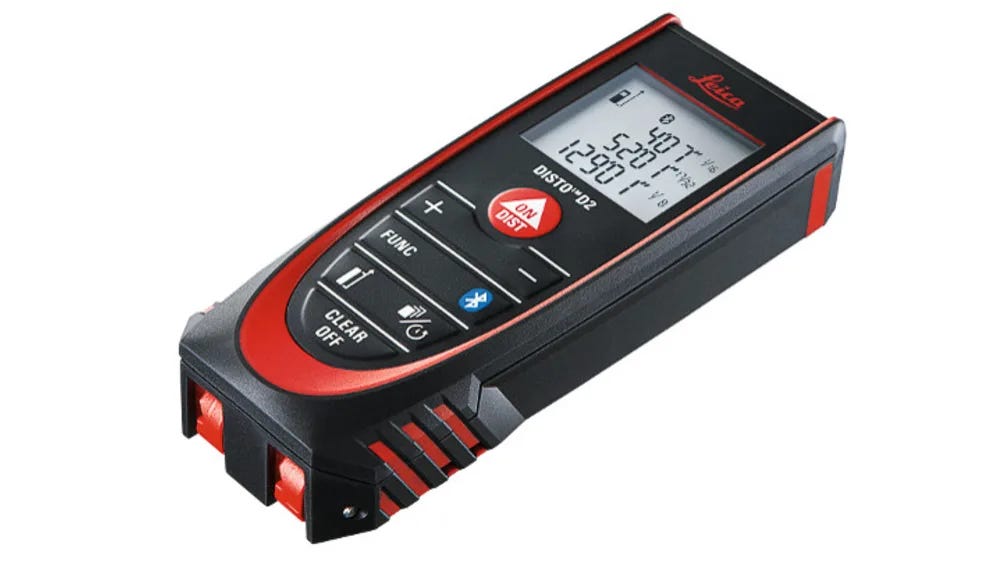
Laser based measuring tool
Leica Disto 2 Laser Distance Measurer
The Leica DISTO 2 allows me to measure accurately from about 1/16 inches to about 197 feet. It can calculate from the measurement, as appropriate, the area or volume. It also has the ability using the Pythagorean theorem to calculate indirect lengths.
The small size, in inches, (4.4L x 0.9D x 2.2W) is conveniently to carry and use. The accuracy requires a steady hand but tool quickly obtains a measurement.
I use the D2 for my construction projects and find it helpful in my photography in setting the aperture to get the depth of field I want.
The combination of small size, accuracy, ease of use and low price is not matched to my knowledge. — Walter Smith
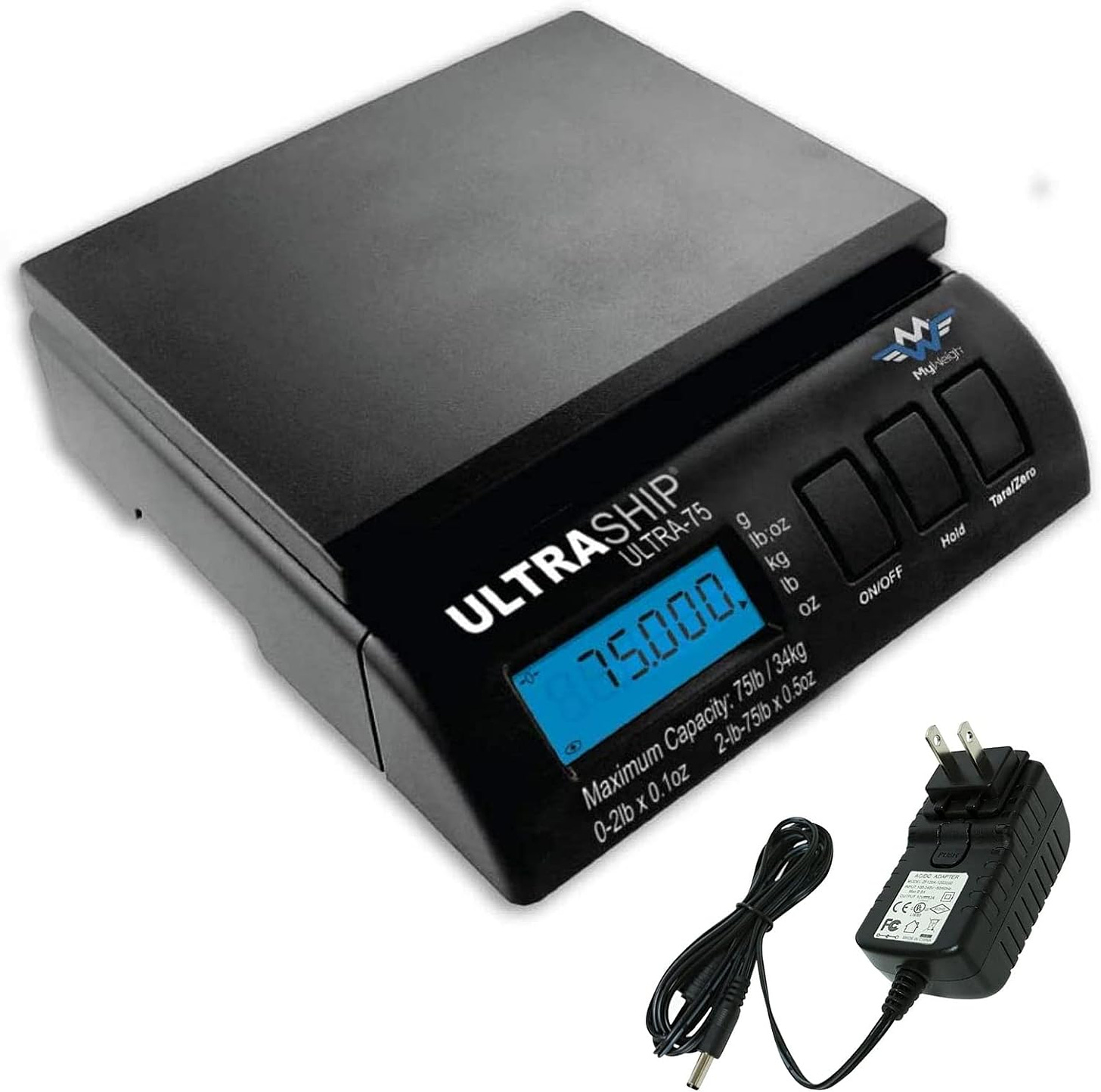
Weighs big packages & food
I have been considering buying a kitchen scale for quite a while, but was often underwhelmed with what was out there. Unlike a garden-variety kitchen scale, which typically weighs up to only four pounds, the Ultraship can handle up to 55 pounds. It reads in ounces, pounds, grams or kilos, so it’s perfect for the kitchen, but can also be used for shipping packages and mail. Heck, you could even weigh a small child on it. Also, it features a just plain brilliant design:i f you are weighing a really big monster package that blocks the display, you can detach it! The entire face of the unit can be unclipped and pulled away from the scale with a 5-foot-long extension cord.
When I compared the Ultraship to a laboratory-grade scale used at my company, this one went gram for gram with the lab scale. Within the 0-2 pound range, it is actually accurate to essentially 0.035 ounces as opposed to the 0.1 ounces in the specification. If you take baking seriously, this is the only way to go. I fish quite a bit, so it’s nice to be able to weight those 30-pound striped bass. From 2-55 pounds, the scale is accurate to within 0.5 ounces. While my initial motivation was for the kitchen, I have also been using it for boxes and packages. — Aram Salzman
09/9/2408 September 2024
Retro Recomendo: Art Supplies
Recomendo - issue #426
Our subscriber base has grown so much since we first started eight years ago, that most of you have missed all our earliest recommendations. The best of these are still valid and useful, so we’re trying out something new — Retro Recomendo. Once every 6 weeks, we’ll send out a throwback issue of evergreen recommendations focused on one theme from the past 8 years.
Quick art painting
I used to draw and paint a lot, but I never mastered the control of colors. I’ve renewed my interest in making art by getting an iPad with an Apple pencil and a $13 app called Procreate. Procreate is the intuitive graphics program that I always wanted from Illustrator and Photoshop but they were too complicated. Procreate is fast, obvious, crisp, revolving around the natural gestures of holding a pencil or brush. Its built-in smartness let me find and fill colors as if I were a pro. It has the expected layers and undo functions, but also enough simplicity that it is also perfect for sketching lines in black ink. It’s a joy to use, inspiring me to do a painting a day. — KK
Sketch pad for all media
My art student daughter has been using these spiral-bound Canson Mix Media 7×10 drawing pads. I started buying them for myself, too. The heavy paper easily handles ink pens, watercolor, and Copic markers, and has a nice texture for pencils. A 60-sheet notebook is only $14. — MF
Pocketable watercolor kit
This small, watercolor kit by Sakura is perfect for the occasional wannabe artist like me. It comes with a brush that stores water, so you can always be ready to paint. It was so easy to incorporate this into my journaling/sketching routine. — CD
High quality drawing pens
The Sakura Pigma Manga Basic Set comes with 5 pens: 4 Pigma Microns (sizes 005, 01, 05, 08) a black brush pen, and a white ink gel pen. The ink is waterproof and very dark. At $10, it’s a good deal. — MF
Free online drawing mannequin
Set Pose is an online drawing mannequin that you can adjust and use as a 3D model reference. There are presets like running, sitting, playing sports and combat poses that you can select, and even some props like a sword, bike, and chair. This is perfect for me because I always have trouble drawing dynamic poses. — CD
Blendable color markers
For sketching and painting I favor alcohol-based markers. They let you blend colors like a watercolor brush, but with the convenience of a felt marker. The preferred premier markers are the extremely expensive Copics. An inexpensive equivalent for blendable markers with dual tips (fat or point) are Bianyo. I can paint quickly easily in a notebook using a travel set like these 72 Bianyo markers. — KK
09/8/2407 September 2024
Book Freak 169: The True Believer: Thoughts on the Nature of Mass Movements
Eric Hoffer's analysis of how mass movements attract and maintain followers
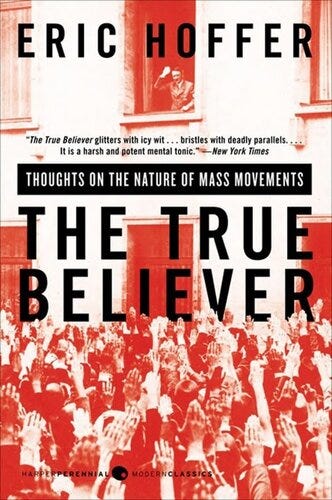
Eric Hoffer’s The True Believer examines the psychological and sociological factors that lead people to join mass movements. Published in 1951, the book draws insights from major social and political movements of the early 20th century. Hoffer argues that mass movements, whether religious, political, or social, tend to attract similar types of followers and use similar tactics, regardless of their specific ideology.
Four key ideas from the book:
Mass movements need an enemy or scapegoat to unite against
Mass movements can rise and spread without belief in a God, but never without belief in a devil. Usually the strength of a mass movement is proportionate to the vividness and tangibility of its devil. When Hitler was asked whether he thought the Jew must be destroyed, he answered: ‘No…. We should have then to invent him. It is essential to have a tangible enemy, not merely an abstract one.’”
Mass movements need an enemy or scapegoat to unite against, more than they need a positive vision to strive for. Identifying a common enemy gives followers a sense of purpose and belonging.
Those most susceptible to joining mass movements are often dissatisfied with themselves
“The fanatic is perpetually incomplete and insecure. He cannot generate self-assurance out of his individual resources — out of his rejected self — but finds it only by clinging passionately to whatever support he happens to embrace. This passionate attachment is the essence of his blind devotion and religiosity, and he sees in it the source of all virtue and strength. Though his single-minded dedication is a holding on for dear life, he easily sees himself as the supporter and defender of the holy cause to which he clings. And he is ready to sacrifice his life to demonstrate to himself and others that such indeed is his role. He sacrifices his life to prove his worth.”
The movement provides them with a sense of identity and purpose they lack as individuals.
Mass movements are interchangeable
“When people are ripe for a mass movement, they are usually ripe for any effective movement, and not solely for one with a particular doctrine or program. In pre-Hitlerian Germany it was often a toss up whether a restless youth would join the Communists or the Nazis.”
The psychological needs driving people to join movements are often more important than the specific ideologies of those movements. This explains why people sometimes switch between seemingly opposed movements.
People need opportunities for meaningful participation in society
“Where people live autonomous lives and are not badly off, yet are without abilities or opportunities for creative work or useful action, there is no telling to what desperate and fantastic shifts they might resort in order to give meaning and purpose to their lives..”
Healthy societies encourage personal development, exposure to diverse perspectives, critical thinking, and civic engagement to make people less susceptible to the allure of mass movements.
09/7/2406 September 2024
David Rager, Creative Director at NASA
Show and Tell #407: David Rager
David Rager is an accomplished Creative Director with over two decades of experience in design leadership, brand building, and environmental experiences. As NASA’s current Creative Director, he oversees the agency’s visual brand and iconic Graphics Standards Manual and is responsible for reintroducing the NASA Logotype (Worm). Previously, Rager led teams at NASA’s Jet Propulsion Laboratory, Disney, the Museum of Contemporary Art Los Angeles, and the New Museum, and co-founded Weekends, a design studio operating between Paris and Los Angeles.
TOOLS:
0:00 – Intro
1:29 – Solar Awareness / Lumos Sun Tracking App
11:27 – Hori Hori Garden Tool
14:41 – Sodastream Hack
21:51 – Quanta Vinyl Streaming
30:11 – Getty Pacific Standard Time exhibit
30:35 – The Ecology Center
To sign up to be a guest on the show, please fill out this form: https://forms.gle/qc496XB6bGbrAEKK7
09/6/2405 September 2024
Travel Gear Deals/Europe Luggage Rules/Visa-free Sri Lanka
Nomadico issue #120
A weekly newsletter with four quick bites, edited by Tim Leffel, author of A Better Life for Half the Price and The World’s Cheapest Destinations. See past editions here, where your like-minded friends can subscribe and join you.
Here Come the Gear Sales
There are a few times a year when seasonal changes combine with holiday weekends to create a perfect storm of clearance deals on travel gear and clothing. We’re about to hit one of those weekends in the USA as summer ends and the Labor Day holiday hits. You’ll find a great selection on the virtual sale rack at the likes of REI, Moosejaw, and Backcountry, or for an even bigger selection, see what’s on sale in the outdoor recreation section of Amazon.
Standardized Luggage Rules in Europe
What’s old is new again in Europe as of next week when all airports will return to a standard 100ml maximum for carry-on liquids. They’re also trying to standardize carry-on and personal item luggage maximums that have sometimes differed by airline. Be sure your carry-on is not more than 55cm x 40cm x 20cm from September 1, with a weight of 10 kilos or less. (Note that this is smaller than most American carrier standards and 10 kilos is only 22 pounds.) The dimensions of your small under-seat personal item should not exceed 40cm x 30cm x 15cm. See more details here.
The Best Season for Pacific Mexico
Now that most kids are back in school in North America and we’re months away from winter getaway high season, this is an ideal time to visit the Pacific Coast of Mexico. Crowds are thin and lodging prices are low, but the ocean water is warm. Plus a plate of fish tacos and a bucket of Pacificos has gotten cheaper lately. Because of complicated political issues involving proposed legislative independence changes, the Mexican peso has tanked recently and is at 19.5 to the dollar—from below 17 before the most recent election. Find your perfect hotel in Mazunte, Mazatlan, or Puerto Vallarta.
Visa-free Sri Lanka
Starting October 1, citizens of the USA, Canada, UK, Australia, Germany, India, and 29 other countries will be able to enter Sri Lanka visa-free. “Government officials said the updated policies were designed to boost tourism and strengthen international ties, making Sri Lanka more accessible and attractive to visitors from key destinations.” See the full story here.
09/5/2404 September 2024
Gar’s Tips & Tools – Issue #183
Access to tools, techniques, and shop tales from the diverse worlds of DIY
Gar’s Tips, Tools, and Shop Tales is published by Cool Tools Lab. To receive the newsletter a week early, sign up here.
Tool Tourism? Road Trip!
Oh my word. If you’re as “oddly fond of tools” as I am, I dare you to watch this video and not start thinking about how you can get to this little store in Colorado. Charlie’s is a 2nd hand tool store in downtown Denver, CO that’s been in business since 1928. From this video on Last Best Tools, the place looks heaped, floor to ceiling, front to back with all manner of used (and new) tools, machinery, and miscellaneous vintage treasures. The video made me dizzy, both with the swift and jittery camera work and the tool riches before the lens. I love how Mark of Last Best Tools narrates with a combination of quotes from Charlie’s website, newspaper clippings, customer reviews, and his own in-store experience. Have any Tips and Tools readers ever been there? I would love to hear your experiences. If I ever get to Denver, this will be the first place I’d go. BTW: “We are oddly fond of tools” is what it says on the Charlie’s t-shirts. I think I need one.
The Art of Sprue Stretching
I’ve been involved in hobby modeling, in some capacity, for most of my life. Over that time, I’ve gotten pretty good at many things. One of them is not sprue stretching. A sprue is the plastic frame that holds the model parts in place — it is used as channels in the injection molding process. For decades, modelers have figured out how to use this scrap material for scratch building, melting it in acetone to create gap filler and modeling putty, and many other uses. In sprue stretching, you create model antennae, cable runs, welding seams, and other detailing by heating up a piece of sprue with a candle and stretching it to the desired diameter and shape. This Instagram post above shows how it’s done and how it can be applied. Here’s a video on how to stretch sprue from FineScale Modeler magazine.
The Weird Wonders of Mecanum Wheels
In this video, Jeremy Fielding ponders the fascinating Mecanum wheel, a unique device that allows vehicles to move in multiple directions, including sideways, thanks to its ingenious design. Jeremy demonstrates how these wheels function using a remote-controlled car and explains the physics behind their movements, emphasizing the impact of wheel orientation and force vectors. He also discusses practical applications of Mecanum wheels in environments where maneuverability is critical, such as warehouses and hospitals, and explores the trade-offs involved, including higher costs and maintenance needs. If you want to experiment with Mecanum wheels, you can buy cheap plastic hobby set (of 4) on Amazon.
How to Use Vernier and Digital Calipers
Proper use of calipers, both the analog vernier and digital calipers, is something that intimidates a lot of people. In this under 8-minute video, James Gatlin runs through proper operation of both versions of this common and super-useful measuring tool. While most of this info is basic, there are some good tips in here and clear explanations of features that likely flummox some users (like how the vernier scale works with the main scale on vernier calipers and how the step feature works on calipers).
Jig for Dowel Jointing
Takurou Seino, of Takuwoodcraft, is known for the beautiful and useful jigs he makes. In this Instagram video, he makes a cool little jig for perfect dowel placement in dowel jointing. As someone in the comments points out, this jig is only good for one thickness of material and you’d need a different jig for other lumber, but if you’re doing, say, a lot of picture frames… Nice tip here of marking lines in plexi by scribing the desired lines, covering the lines with Sharpie, and then wiping away the excess.
How Concrete Pipes Are Made
If you’ve ever looked at large concrete pipe and culverts and wondered how they are made, here ya go. Cool.
Shop Talk
Readers offer their feedback, tips, tales, and tool recommendations.
Reader Rex Burkheimer writes:
Used toolboxes – I’ve bought a few toolboxes from estate and garage sales, and scored some valuable tools in doing so. By far the best deals I have found are from business auctions, particularly from manufacturing shops. I love those that offer “Lot## Contents of shelf” with a photo showing a greasy, grimy jumble of “things.” I have bought many of these for a pittance and found literally hundreds of dollars worth of usable or salable tools. The fun is identifying them and determining the best place to sell: eBay, CL, FB Marketplace, etc. The best example ever was the shelf I bought for $8.56, including tax. I was the only bidder. I sold the contents for ~$1200 over a 3 month period, and kept one item, a Mitutoyo toolmakers microscope. I later sold that for $600.
And, one of your regular readers commented that the Tub-O-Towels product contains lanolin. I verified. Lanolin is the best rust-preventative I know of. I credit it with keeping my valuable machine tools free of rust for over a decade in an unheated steel building. Those towels may have enough lanolin to make them useful in cleaning precision tools, firearms etc. I’ll buy a tub.
Kevin Baker says “Let’s talk more about vintage tools:”
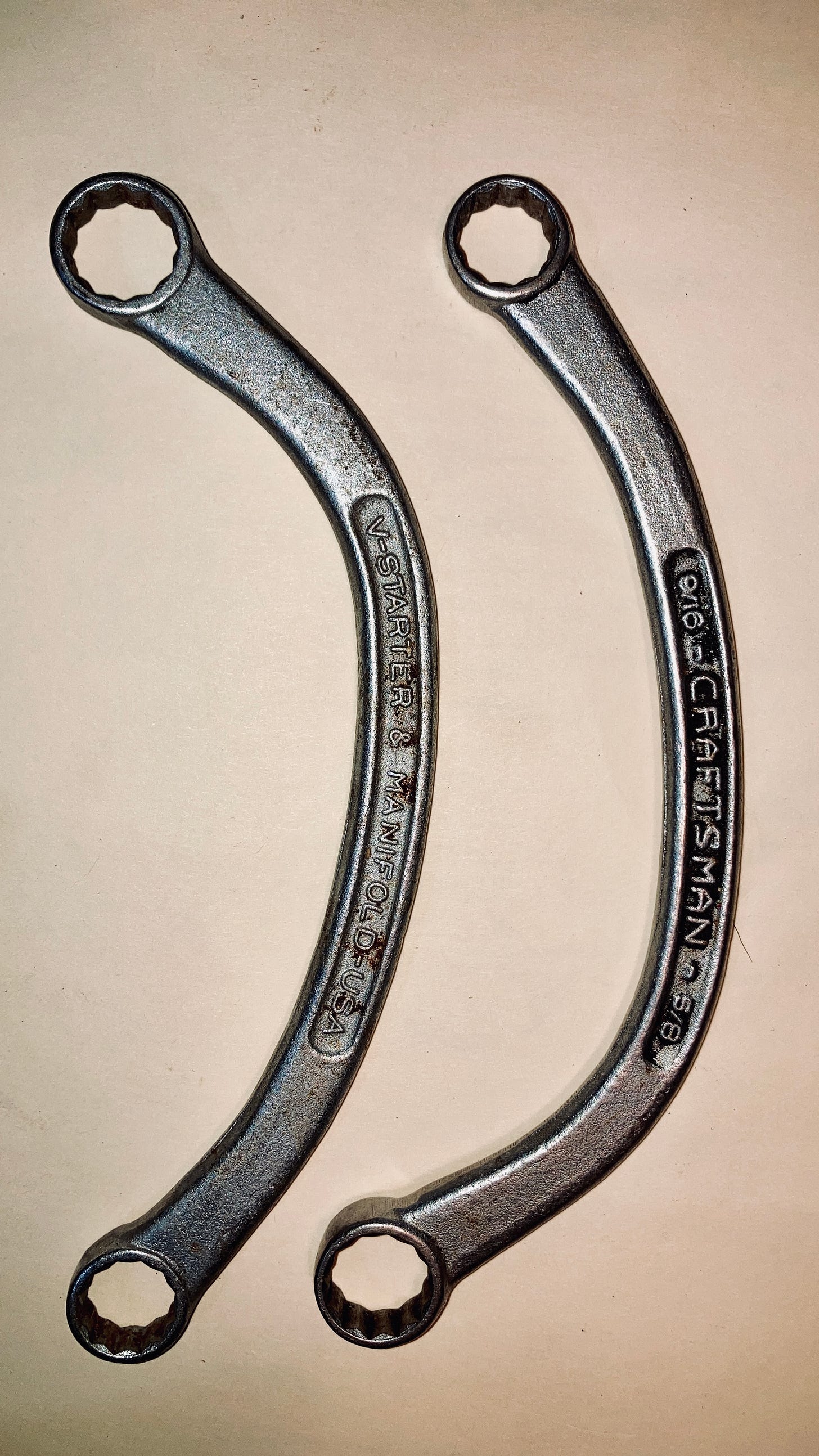
I have two favorite vintage tools. Both were given to me by my grandfather. Two Craftsman Starter and Manifold wrenches.
Kevin also recommended a really great vintage tool site, Alloy Artifacts Museum of Tool History. This is the kind of site, done in old-school, early web style (18 years and counting!) that you could spend hours poking around on.
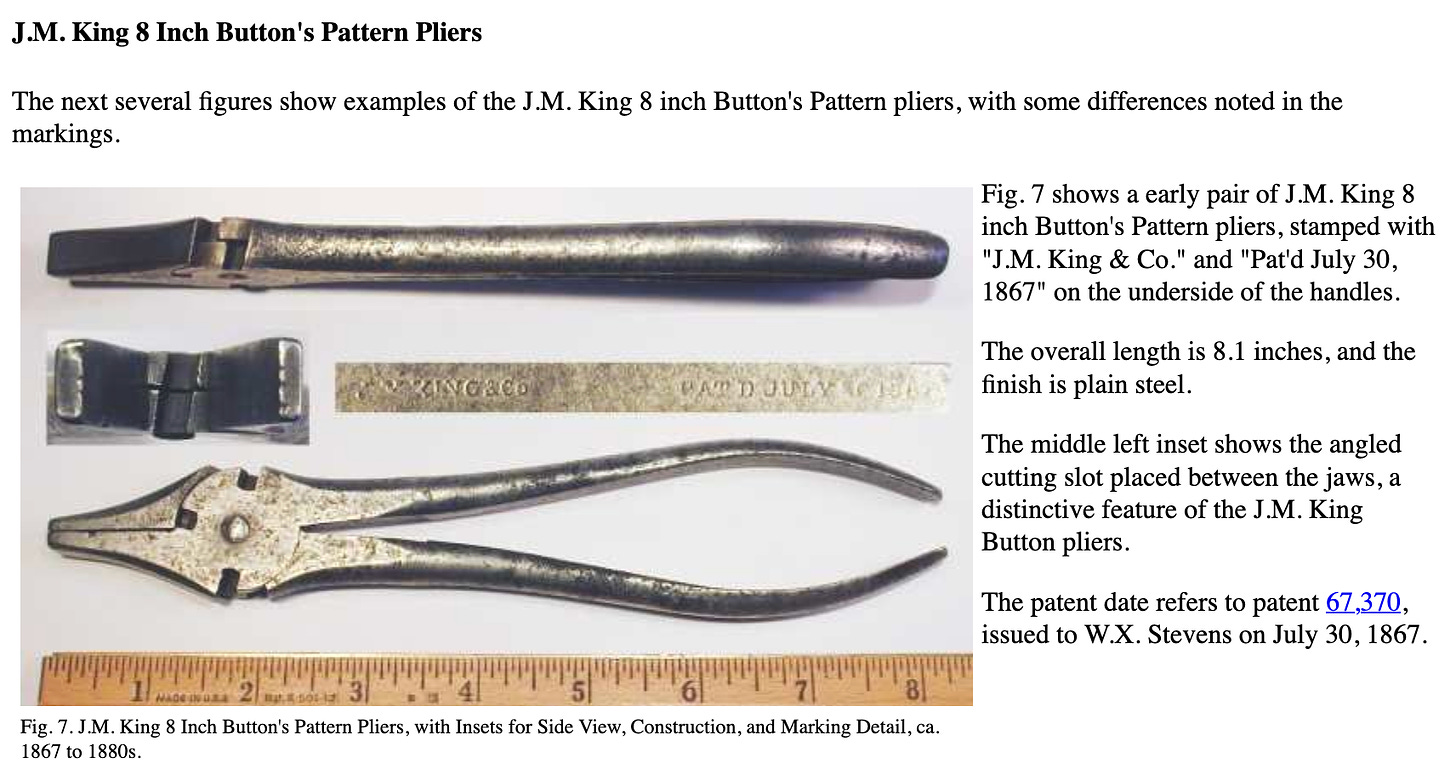
Consider a Paid Subscription
Gar’s Tips & Tools is always free. But if you if you find it truly useful to you, consider a paid subscription ($8/month). This keeps me in chai latte and tortilla chips while I’m working on this labor of love. If you really want to show your patronage, consider becoming a Hero of the Realm. I will send custom packages of goodies (books, tools, zines, and more) to all my Heroes.
Thanks to all those who’ve already subscribed. You are the fuel in my butane torch.
ALL REVIEWS
EDITOR'S FAVORITES
COOL TOOLS SHOW PODCAST
WHAT'S IN MY BAG?
28 August 2024
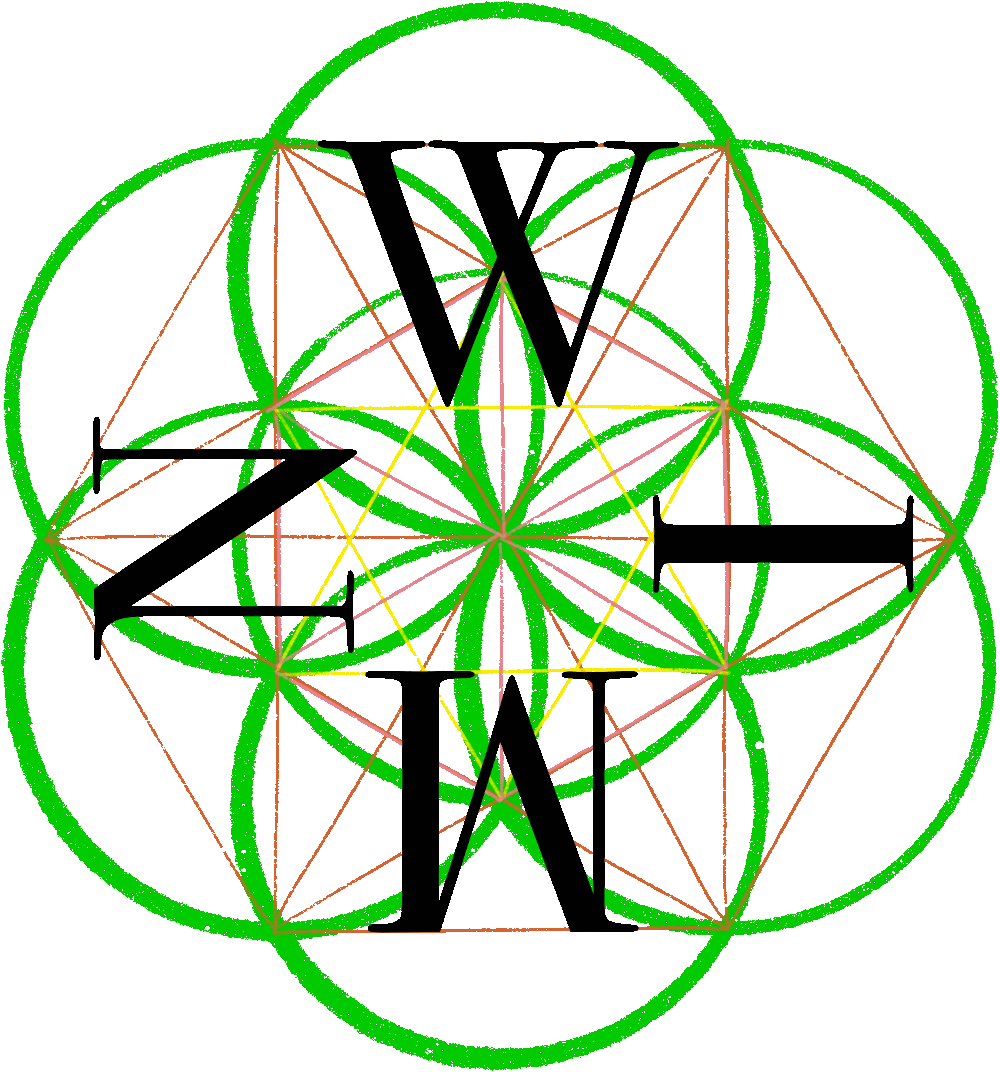
ABOUT COOL TOOLS
Cool Tools is a web site which recommends the best/cheapest tools available. Tools are defined broadly as anything that can be useful. This includes hand tools, machines, books, software, gadgets, websites, maps, and even ideas. All reviews are positive raves written by real users. We don’t bother with negative reviews because our intent is to only offer the best.
One new tool is posted each weekday. Cool Tools does NOT sell anything. The site provides prices and convenient sources for readers to purchase items.
When Amazon.com is listed as a source (which it often is because of its prices and convenience) Cool Tools receives a fractional fee from Amazon if items are purchased at Amazon on that visit. Cool Tools also earns revenue from Google ads, although we have no foreknowledge nor much control of which ads will appear.
We recently posted a short history of Cool Tools which included current stats as of April 2008. This explains both the genesis of this site, and the tools we use to operate it.

